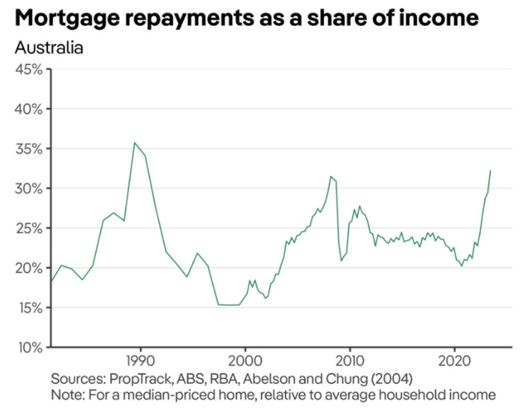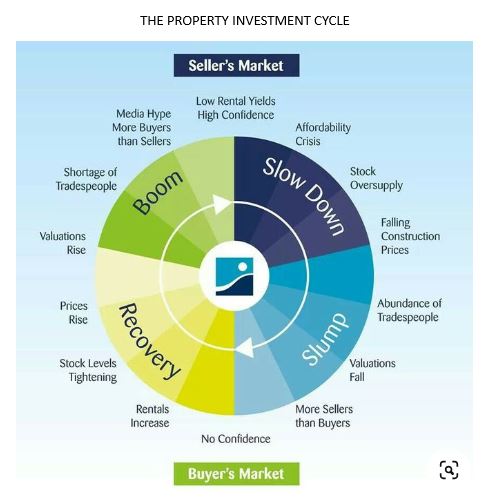Schedule a Chat
Contact Info
Suite 17.03, Level 17
20 Bond Street
Sydney NSW 2000

INSIGHTS WITH EVALESCO
TOPICS DISCUSSED
It could just be me but 2023 was a bit of a blur. Collectively those in our team have reembraced travel, both for work and personally, so that may be part of it, but there did seem to be a lot going on generally.
I probably devour a bit too much sport and this has been a great year to be a couch potato as we had world cups in netball, cycling, soccer (Women’s), basketball, cricket, and when it comes to rugby the woes of the Wallabies have kept us guessing just like markets.
Financial markets have had us asking questions all year, driven by inflation, and reflected in rapidly increasing cash rates that since May 2022 the Reserve bank has increased the cash rate 13 times, starting from a low of 0.10% and reaching 4.35% on the 7th of November 2023. Add to this, the ongoing war in Europe, the terrorist attack by Hamas on Israel and the subsequent response, frictions in the South China Sea with an increasingly belligerent China, and it was very hard to gauge how and when the markets would react. Suddenly in November, inflation fears in the US and Europe have started to ease and the market has seen that as a very strong ‘buy’ signal.
Commentators, economists and investment professionals spent much of the year providing warnings of an imminent global recession. Some have even been encouraging investors to move from shares to defensive assets such as bonds, cash and term deposits and others for several years now have been increasing their investments in alternative assets such as private equity, property, corporate debt and a range of other assets that are unlisted and therefore present as being less volatile.
What remains clear that, as at the time of my writing this, is that the recession we were told was coming didn’t eventuate and that patient investors that allocated more of the capital to shares (rather than fixed interest) have been rewarded. I have no doubt that there will be recessions in future years, however investors can be sure recessions will be fewer in number and more widely spaced over time than the predictions of ‘financial experts’ will suggest. Paul Samuelson, a famous US economist, pointed out 60 years ago that the stock market had predicted nine of the previous five recessions. I encourage you to keep his wise words front of mind.
I will share the Australian investment experience below, which has been less than ideal, as opposed to the strength of the US market, but when history looks back on investments in 2023, it will likely present as been a positive year for investors, although at times it didn’t feel like it.
FIRSTLY, THE US
The S&P 500 US Index for this calendar year has risen by 20.40% on 8th December and it has been a volatile ride, largely driven by what is now known as the Magnificent 7 (Mag7):
In January 2023, the index was at 3824.14 and then climbed to 4588.96 by 31 July (up 20%).
The Mag7 accounts for approximately 77% of the index’s rise to 8 December 2023, though they all had significant share price losses in 2022. In short, they were coming off lows, but it was a significant bounce.
Of the Mag 7; Microsoft, Apple, Amazon and Nvidia are above their Nov/Dec 2021 highs and Meta, Alphabet and Tesla are still below, with Tesla being the most significant.
On the upside only 24% of the stocks in the S&P are currently trading within 10% of their all-time highs so there is room for contributions from the rest of the market in 2024.
AND THEN WE HAVE AUSTRALIA.
In Australia, the All-Ordinaries price index had a very sideways calendar year though it has had its ups and downs. It started the year at 7131.6 and on 8 December was 7405.6. A rise of 3.8%. Unfortunately, it peaked at 7897.70 on the 13th of August, 2021. Still underwater by 6.6%.
Australia generally has not been a great performer:
The Exception:
Australian Residential property has been surprisingly solid despite the rate rises.
This is hurting new entrants and rewarding incumbents. Arguably, a big driver for this is foreign buyers as well as net migration of over 510,000 new arrivals in the year to October (Canberra, as a reference, has a population of 472,000 people).
While we are strong advocates for property in a portfolio, we can see headwinds based on current prices. The Government is determined to slow migration which may ease rental pressure later in 2024 and you also need to consider housing affordability and mortgage repayments as a percentage of household income.
Servicing a mortgage is close to as hard as it has ever been in Australia. As per the graph below, 1989 was the previous peak.

Another alarming Australian statistic is based on what percentage of houses sold across the country could have been bought by Australians on median wages. In 2019, 2020 around 40% of households could have been bought by median-income households. In September 2023 this was approximately 13%.
Household earnings of $200,000 a year (which means they are earning more than 80% of Australians) would struggle to buy 50% of the houses sold this year.
Where to from here from Australian Property?
Historically in this sort of market you see prices hold or ease, as Australians are very loathed to sell a property at a loss. Renters stay in rental properties as it is cheaper than buying. Eventually rents catch up and then prices can grow once again.
There are always exceptions, and some forced sellers will take a loss to sell and renters may increase their incomes allowing them to buy, but generally properties can stagnate when prices are stretched and this is not unusual late in the property investment cycle.

So, what can we look forward to in 2024?
For those still in fixed interest rate loans, you may have seen the worst of the rises and you may have some relief before you negotiate that variable rate. We have the advantage of watching inflationary pressures ease in the US to give us an indication of what will happen here.
The cost-of-living pressures will then be largely tied to government fiscal policies and the government will need to find ways to rein in spending and the growth in the public service.
If we do see a migration reduction, housing stresses may ease so prices can normalise and building could return to the numbers we saw in FY2019. That year over 197,000 new homes were built. Currently for the 24_25 Financial Year (FY) the forecast is only 178,000.
The Australian share market has a large exposure to financial and resource stocks and that may shackle performance a little in 2024 but many of the top 200 shares in the All Ords look quite healthy. The recent downturn has shed highly leveraged companies which were already at risk, leaving the balance well placed to participate in any improvement in consumer sentiment.
We can start 2024 cautiously optimistic, which wasn’t where we were in January 2023. Back then we were just ‘cautious’. There will be a US election and the Middle East and Ukraine are a long way from any settlement but they are known unknowns.
Our job is not necessarily to predict the future, but to plan for it.
To you and yours, we wish you a very Merry Christmas and a happy and prosperous new year and as always, if you have any concerns, please do not hesitate to contact us.
Merry Xmas
Marshall Brentnall
Investment Committee Member, AAN Asset Management
SHARE OUR INSIGHTS
Share on Facebook
Share on Email
Share on Linkedin

NEWSLETTER

Evalesco Financial Services Level 17, 20 Bond Street Sydney NSW 2000
Phone: (02) 9232 6800
The information provided on and made available through this website does not constitute financial product advice. The information is of a general nature only and does not take into account your individual objectives, financial situation or needs. It should not be used, relied upon, or treated as a substitute for specific professional advice. We recommend that you obtain your own independent professional advice before making any decision in relation to your particular requirements or circumstances. Evalesco Financial Services do not warrant the accuracy, completeness or currency of the information provided on and made available through this website. Past performance of any product discussed on this website is not indicative of future performance. Copyright © 2019 Evalesco Financial Services. All rights reserved